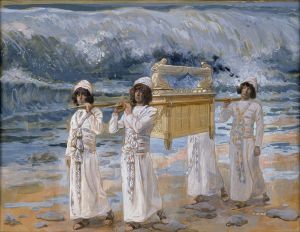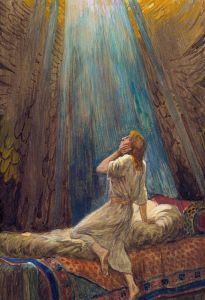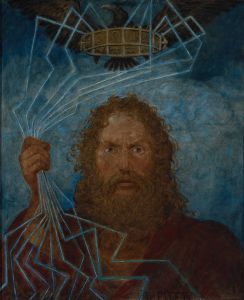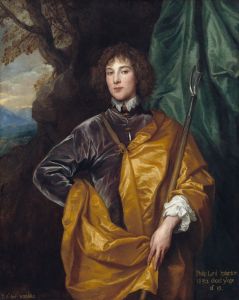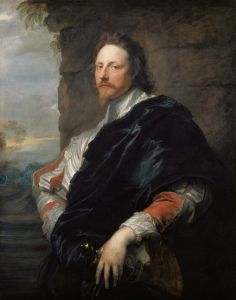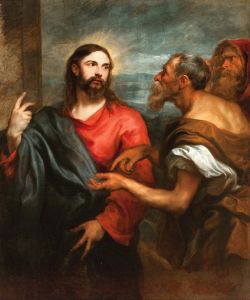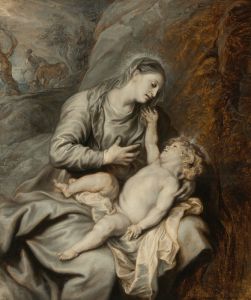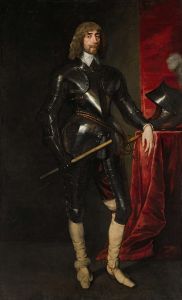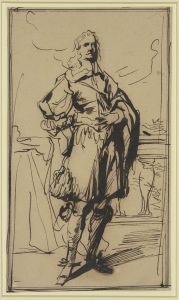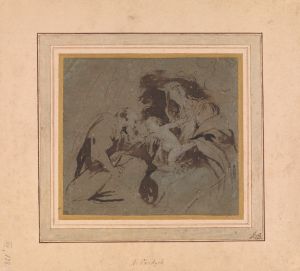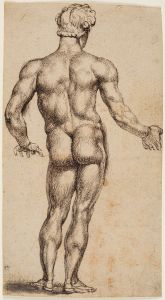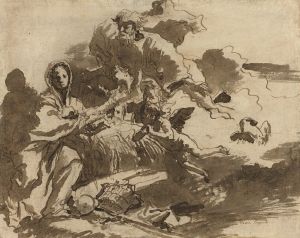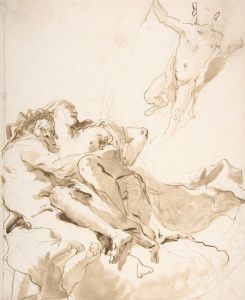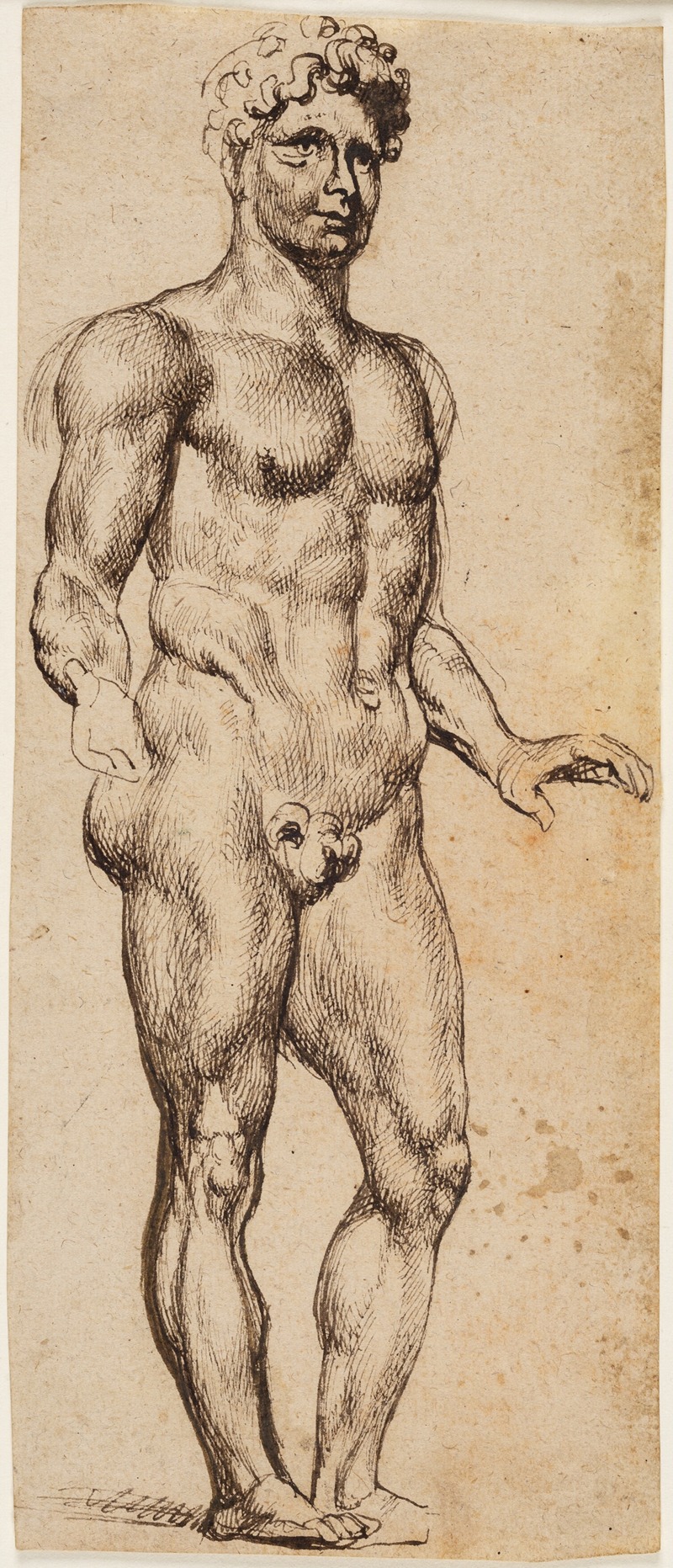
Mercury
A hand-painted replica of Anthony van Dyck’s masterpiece Mercury, meticulously crafted by professional artists to capture the true essence of the original. Each piece is created with museum-quality canvas and rare mineral pigments, carefully painted by experienced artists with delicate brushstrokes and rich, layered colors to perfectly recreate the texture of the original artwork. Unlike machine-printed reproductions, this hand-painted version brings the painting to life, infused with the artist’s emotions and skill in every stroke. Whether for personal collection or home decoration, it instantly elevates the artistic atmosphere of any space.
"Mercury" is a painting by the renowned Flemish Baroque artist Anthony van Dyck, who was a prominent figure in the 17th-century art scene. Van Dyck is best known for his portraits, but he also created a number of mythological and religious works. "Mercury" is one such mythological painting, depicting the Roman god Mercury, known as Hermes in Greek mythology.
Anthony van Dyck was born in Antwerp in 1599 and became a leading artist in the Baroque style, which is characterized by dramatic use of color, light, and shadow, as well as dynamic compositions. He was a pupil of Peter Paul Rubens, another master of the Baroque era, and van Dyck's work was heavily influenced by Rubens' style. Van Dyck's career took him across Europe, where he worked in Italy, England, and the Southern Netherlands, gaining fame and patronage from various European courts.
The painting "Mercury" showcases van Dyck's skill in rendering the human form and his ability to convey movement and emotion through his brushwork. Mercury, the messenger of the gods, is often depicted with attributes such as winged sandals and a caduceus (a staff entwined with two snakes). In van Dyck's depiction, these elements are likely present, emphasizing Mercury's role as a swift and cunning deity.
Van Dyck's use of color and light in "Mercury" would have been intended to highlight the god's divine nature and the ethereal quality associated with mythological subjects. The Baroque period often sought to evoke emotion and grandeur, and van Dyck's work is no exception. His portrayal of Mercury would have aimed to capture the viewer's attention through its dynamic composition and the lifelike representation of the god.
While specific details about the commission or the exact date of creation for "Mercury" are not well-documented, it is known that van Dyck produced several works with mythological themes throughout his career. These works were often commissioned by wealthy patrons who desired artworks that reflected their own education and appreciation of classical mythology.
Van Dyck's influence extended beyond his lifetime, as his style and techniques were emulated by later artists. His ability to blend the grandeur of Baroque art with a refined elegance made his works highly sought after. "Mercury," like many of van Dyck's paintings, would have been appreciated not only for its artistic merit but also for its embodiment of the cultural and intellectual currents of the time.
Today, Anthony van Dyck is remembered as one of the great masters of Baroque art, and his works continue to be studied and admired for their technical brilliance and expressive power. "Mercury" stands as a testament to van Dyck's skill in capturing the essence of mythological figures, bringing them to life with a sense of movement and vitality that remains compelling to modern audiences.





